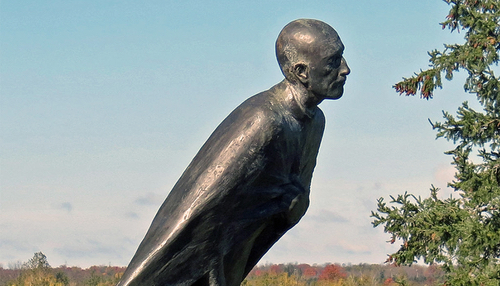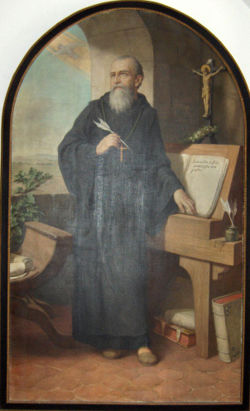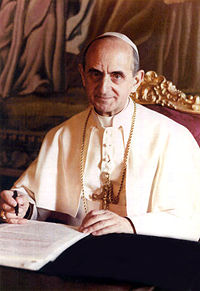
I recently completed (for a second time) walking (and carrying all I needed along the way) the Camino Francés (the “French Way”) 800km (500 mi) from Saint-Jean-Pied-de-Port, France, to Santiago de Compostela, Spain.
This time I used the Spiritual Exercises of St Ignatius Loyola (founder of the Jesuits) as a focus, as a lens, for this prayerful pilgrimage. I want to start a series reflecting on this. My intention is that this series is a resource for
- those who are walking the Camino (or intend to do so) and want a way to make it more a real pilgrimage, a prayerful experience
- anyone who is walking anywhere, and who wants to make their walking more prayerful
- anyone who wants to grow in their friendship with God, with Jesus, walking or being at home or any other context
Let me start by looking at Ignatius’ autobiography. Ignatius dictated his life story to Luis Gonçalves da Câmara. Throughout, Ignatius referred to himself in the third person. In some English renditions (eg. here and here), his name, “Ignatius” (or even “St. Ignatius”!), has been inserted into the text to make for easier reading. But, I think something very significant is lost in doing this, because, when Ignatius isn’t using the third person pronoun, he refers to himself consistently as “the pilgrim” (a better English version is here). Clearly, Ignatius saw himself as a pilgrim. So, as I set out on this pilgrimage (externally and inwardly), Ignatius and his Exercises accompany me, and can similarly accompany you.
Ignatius of Loyola (Iñigo López de Oñaz y Loyola) was a Basque nobleman who lived a dissolute life and was then seriously wounded in Pamplona in a battle against the French. Convalescing, Ignatius was converted, and set out, in imitation of St Francis of Assisi and others, on a pilgrimage to the Holy Land.
The pilgrimage from Loyola to Manresa, Camino Ignacian, replicates this 1522 journey of Ignatius. I considered walking this camino (I had already prayerfully visited some of the significant points on this camino – Loyola, Montserrat, Barcelona, Manresa) but understand this is still a developing pilgrimage, with long days between accommodation, and emerging infrastructure. I spoke to at least one Jesuit making the pilgrimage of the Camino Francés and was pleased to hear him confirm my decision with similar reasoning.
In Manresa, Ignatius prayed for hours in a cave. His experiences formed the basis of his Spiritual Exercises. In 1523, Ignatius went on pilgrimage to the Holy Land and then returned to Barcelona to begin studies which would lead to priesthood and the founding and leading of the Society of Jesus. By the time he died, there were a thousand Jesuits.
“Pilgrim” derives from Latin. As well as using the term for a physical journey and, since the mid 14th Century, metaphorically for our journey through life, it is a term used of those who travelled on the Mayflower and founded Plymouth colony in Massachusetts in 1620; it is used of those who arrived on four ships in in December 1850 to found a Church of England-sponsored colony in New Zealand – Canterbury, and the city of Christchurch.
I encourage you to read more about the life of St Ignatius, to read his Autobiography, and to prayerfully think about your life as a pilgrimage…
If you want to read more about my previous Camino (ten years ago) this may also help in your prayerful reflection.
The next reflection in this series is on Soul of my Saviour.
Do follow
The Liturgy Facebook Page
The Liturgy Twitter Profile
The Liturgy Instagram
The Liturgy Bluesky Profile
and/or sign up to a not-too-often email


